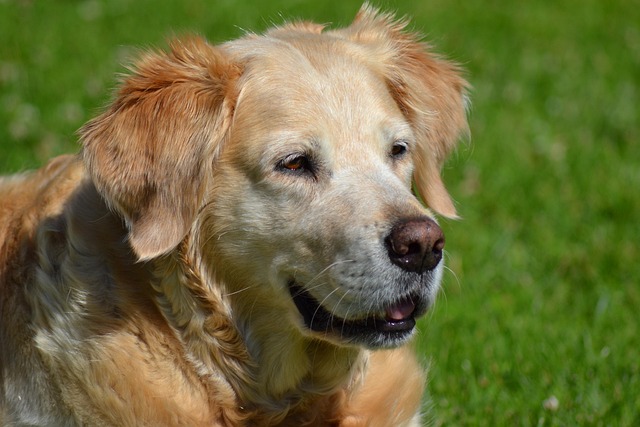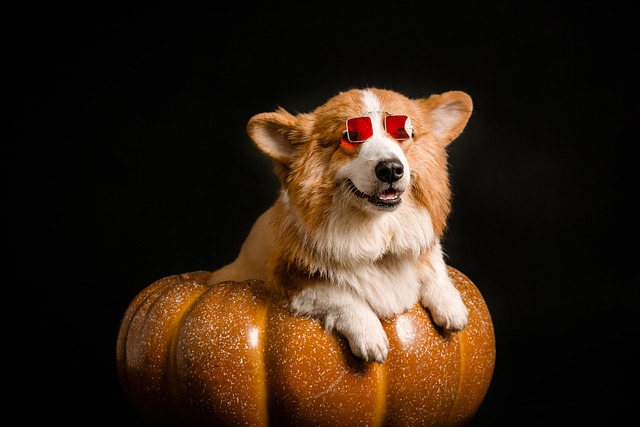
Effective Dog Ear Infection Treatment and Safe Home Remedies
Spot dog ear infections early: combine vet care with safe home treatments to ease discomfort, prevent chronic issues, and keep your pup healthy and happy.
Picture this: You’re enjoying a Chicago backyard BBQ when your Great Dane gulps down a dropped burger, then suddenly collapses with a rock-hard, swollen belly. That terrifying scenario is gastric dilatation-volvulus (GDV) – a twisted stomach emergency killing 30% of affected dogs even with surgery. While no single food magically causes GDV, certain feeding habits dramatically increase risk, especially for deep-chested breeds like Danes, Weimaraners, and Setters. Veterinary research reveals three key triggers: foods that ferment rapidly (causing gas buildup), meals that encourage air swallowing (triggering dilation), or diets that delay stomach emptying (creating perfect storm conditions).
Here’s your evidence-based defense plan. First, rethink risky routines: Never serve one large meal daily – split food into three smaller portions. Avoid fatty human scraps like bacon grease or fried chicken skin; they slow digestion dangerously. Despite popular myth, elevated bowls increase air intake by 15% according to Purdue University studies – stick to ground-level dishes. Ban vigorous exercise 1 hour before and after meals; a leashed potty break is fine, but no sprinting at the Seattle dog park! Instead, embrace slow feeding solutions: Use puzzle bowls or scatter kibble on your San Francisco apartment balcony for natural foraging. Add water to dry food 1 hour before serving to reduce air-swallowing. Choose low-fat training treats like blueberries over gas-producing broccoli or breads.

Now, the U.S.-specific must-knows. Compliance is critical: Keep your dog’s microchip and rabies tag current – ER vets prioritize identifiable pets during GDV triage. Scooping laws matter too: a recovering dog on short walks requires immediate waste cleanup (fines reach $300 in cities like Boston). Culturally, never punish food-related stress. If your rescue dog guards their bowl, yelling or "alpha rolls" spikes cortisol, impairing digestion. Use positive reinforcement: toss high-value treats near their bowl during meals to build positive associations.
Lifestyle tweaks save lives. Apartment dwellers in NYC? After meals, enforce calm with frozen lick mats instead of rowdy play in tight spaces. Suburban owners? Lock trash cans – a scavenged pizza crust can trigger bloat. Always politely tell guests, "His vet says even one extra hot dog could twist his stomach." Remember, GDV prevention isn’t just about food – it’s creating low-stress routines where meals equal safety. That $15 slow feeder in your Austin kitchen? Cheaper than $8,000 emergency surgery.

Spot dog ear infections early: combine vet care with safe home treatments to ease discomfort, prevent chronic issues, and keep your pup healthy and happy.

Seeing your energetic furball slow down can tug at your heartstrings,and it might be arthritis causing their discomfort.Arthritis isn't just an "old dog" problem—it can affect any canine,and recognizing the signs early can make a world of difference.

Finding out your dog has an infection feels like a gut punch. But panic won’t help—quick action and informed decisions will.

You’re standing in the pet aisle of your local Target in Minneapolis, staring at shelves overflowing with fish oil capsules, probiotic chews, and bone broth powders while your rescue mutt

Imagine walking your new rescue pup, Luna, through Central Park when you spot wriggling spaghetti-like strands in her poop. Disgusting? Absolutely. Dangerous?

Watching your dog struggle to jump on the couch or limp up the stairs is heartbreaking. Arthritis in a dog’s back legs is a common yet often misunderstood condition that affects millions of pets.